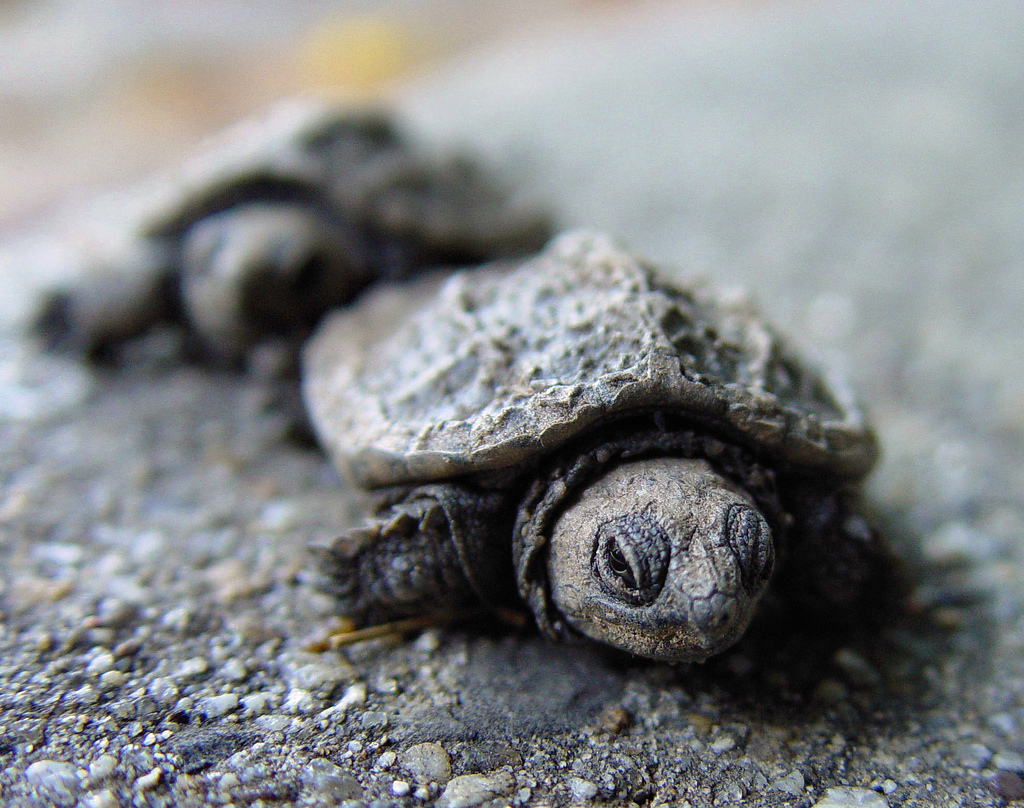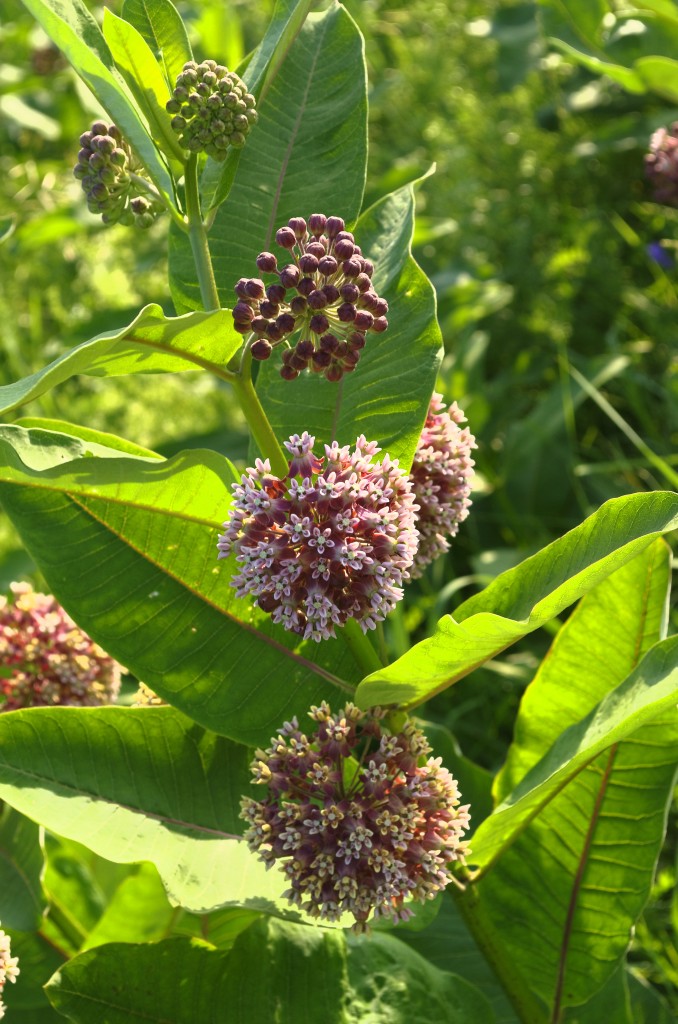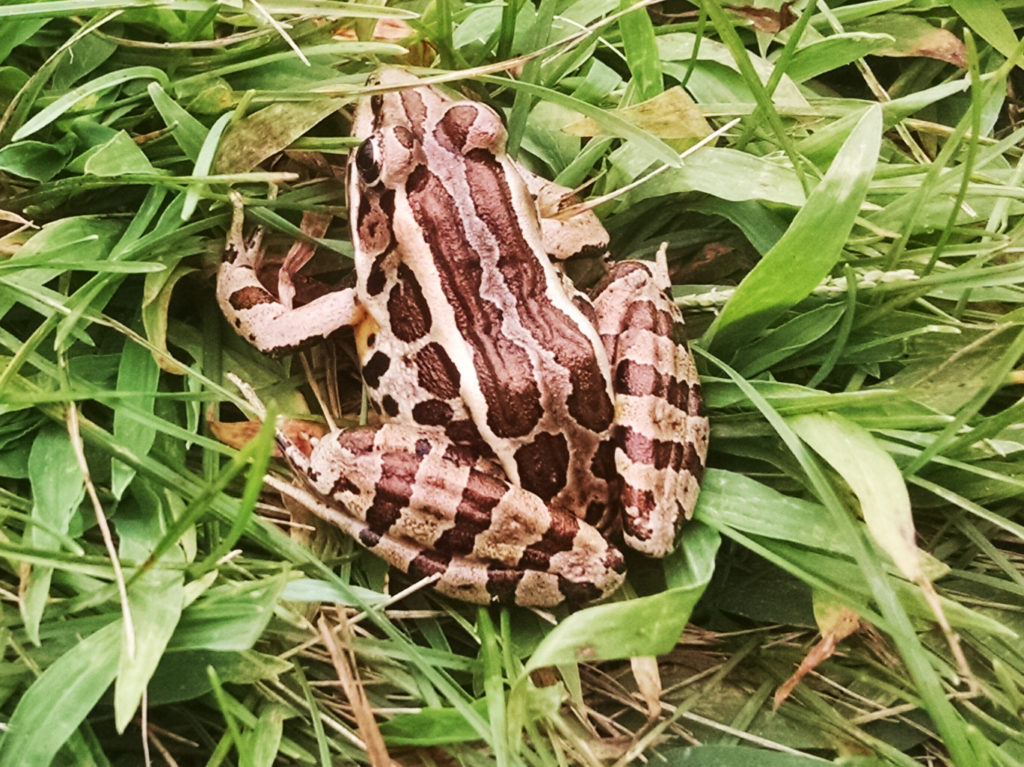 I haven’t posted in a long time because I hadn’t seen anything that I hadn’t already photographed, here in my narrow stomping grounds; I really covered a lot of wildflowers in my original fury of documentation. But today I saw two new wildflowers and this beautiful frog! The pickerel frog has front toes that are not webbed, making it more able to live on land apparently (and you can see the toes in this pic).
I haven’t posted in a long time because I hadn’t seen anything that I hadn’t already photographed, here in my narrow stomping grounds; I really covered a lot of wildflowers in my original fury of documentation. But today I saw two new wildflowers and this beautiful frog! The pickerel frog has front toes that are not webbed, making it more able to live on land apparently (and you can see the toes in this pic).
In winter they hibernate under debris in the water and come out for action from April to October. To catch their chow (insects, spiders, larvae), they will search grassy areas near their watery homes — like this frog, which was right on the trail, near the Charles River.
This is the only poisonous frog native to the U.S.! If attacked, it emits toxic skin secretions! However this does not deter its main predators: other kinds of frogs and snakes.
Pickerel frog (Lithobates palustris)

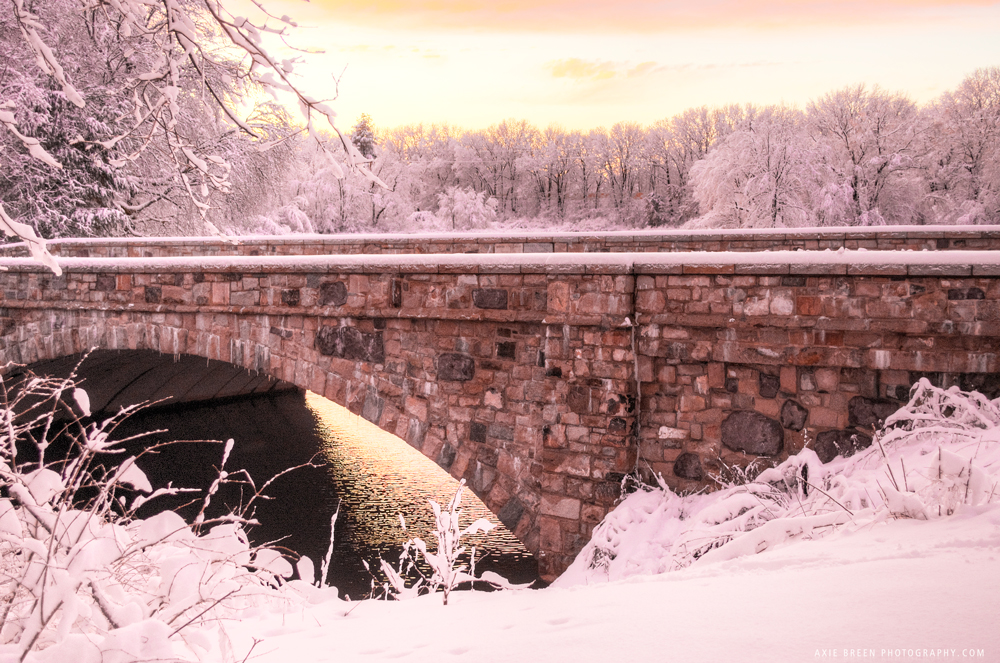
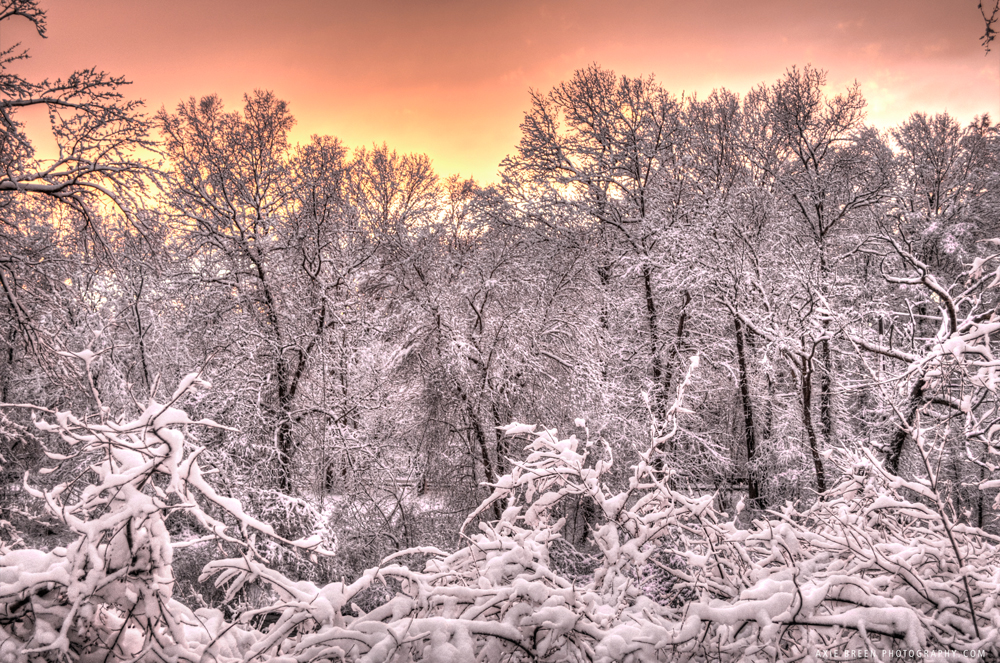
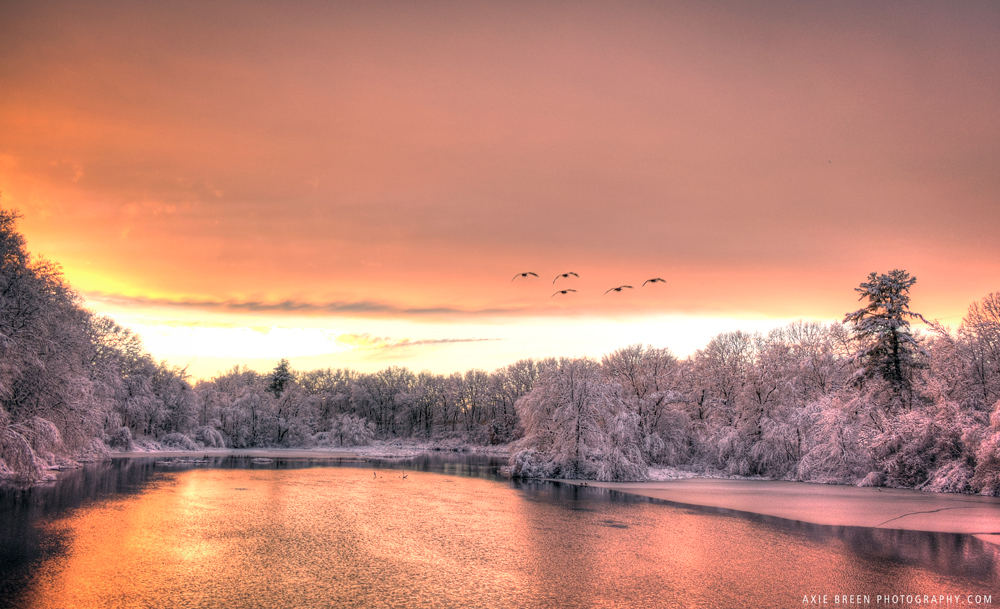
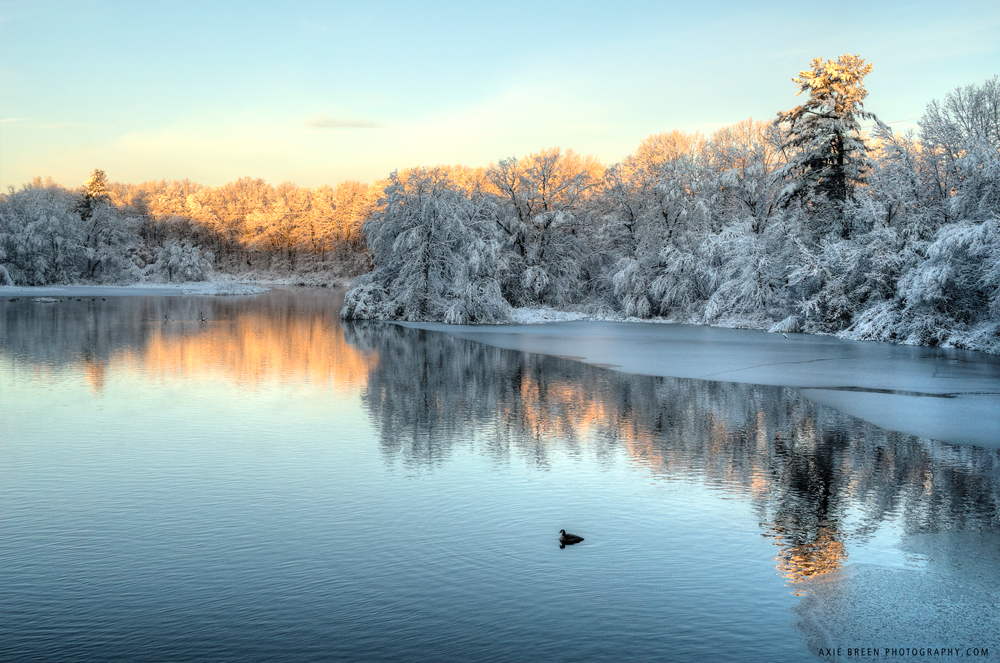

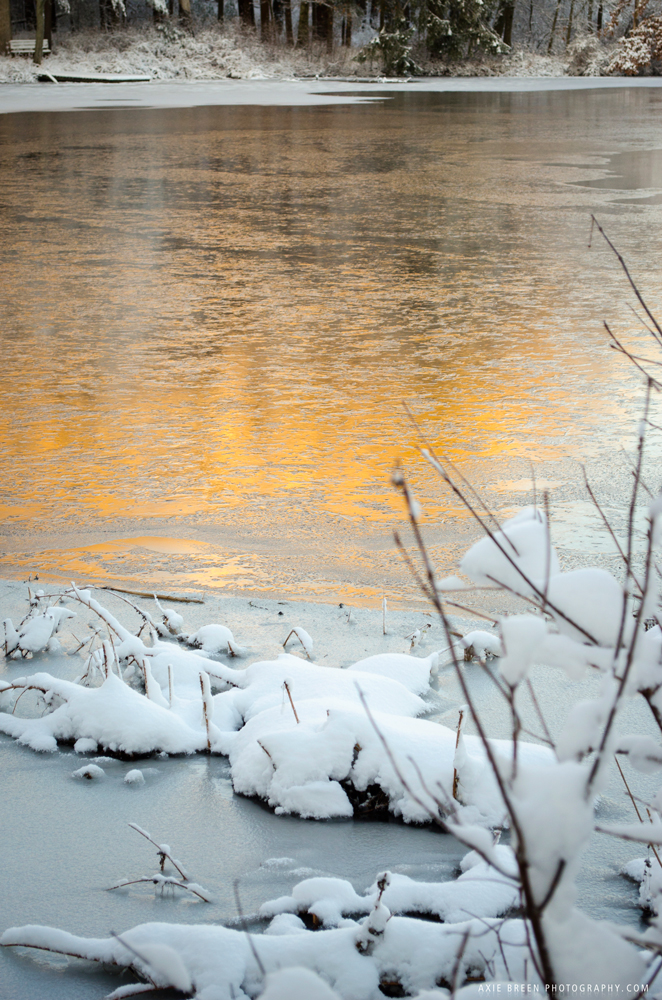
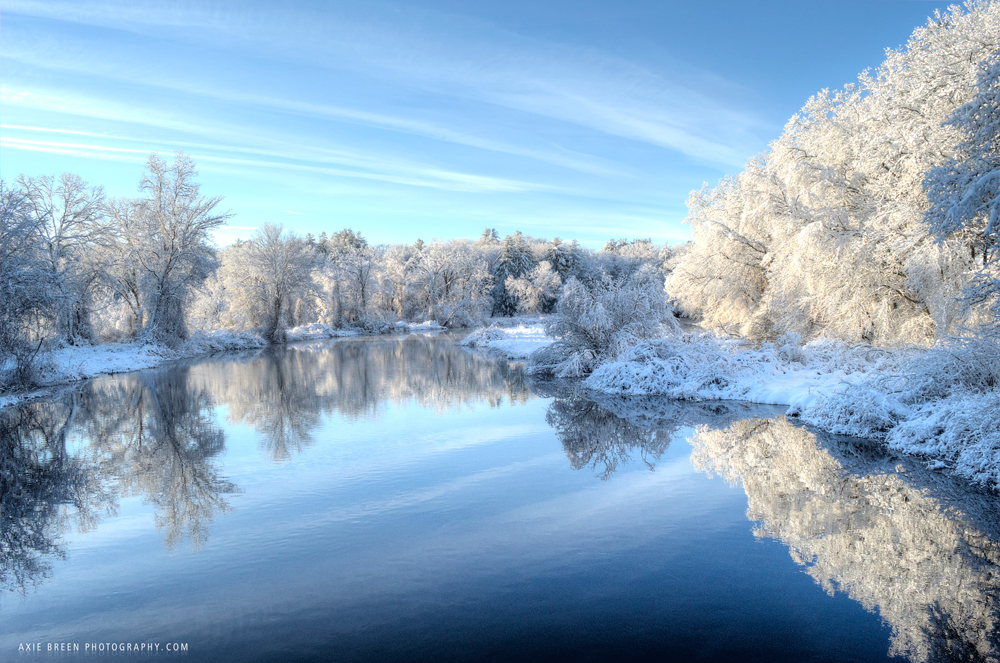
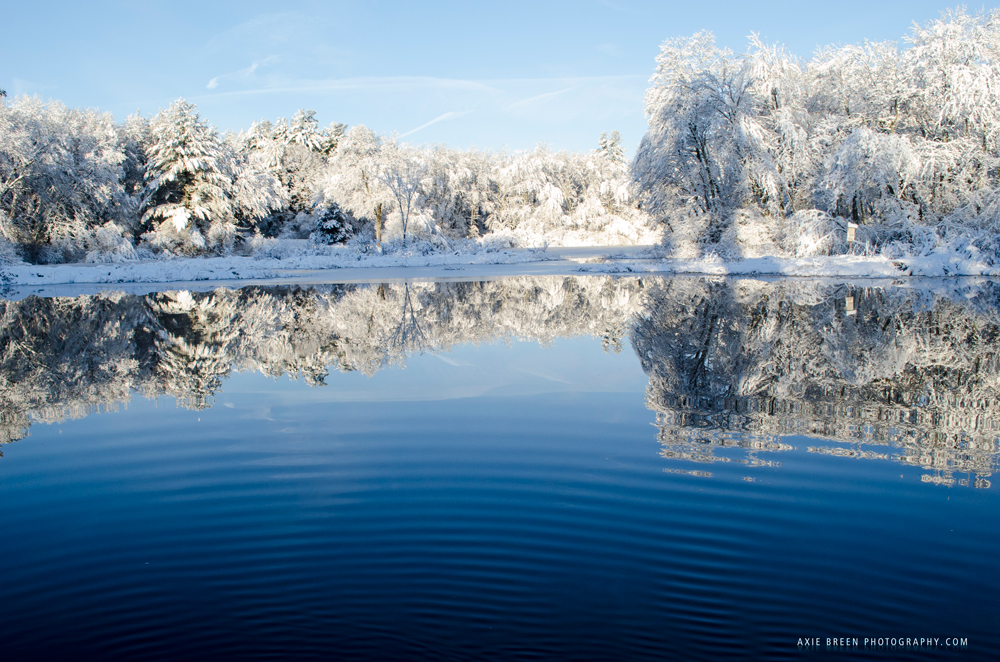
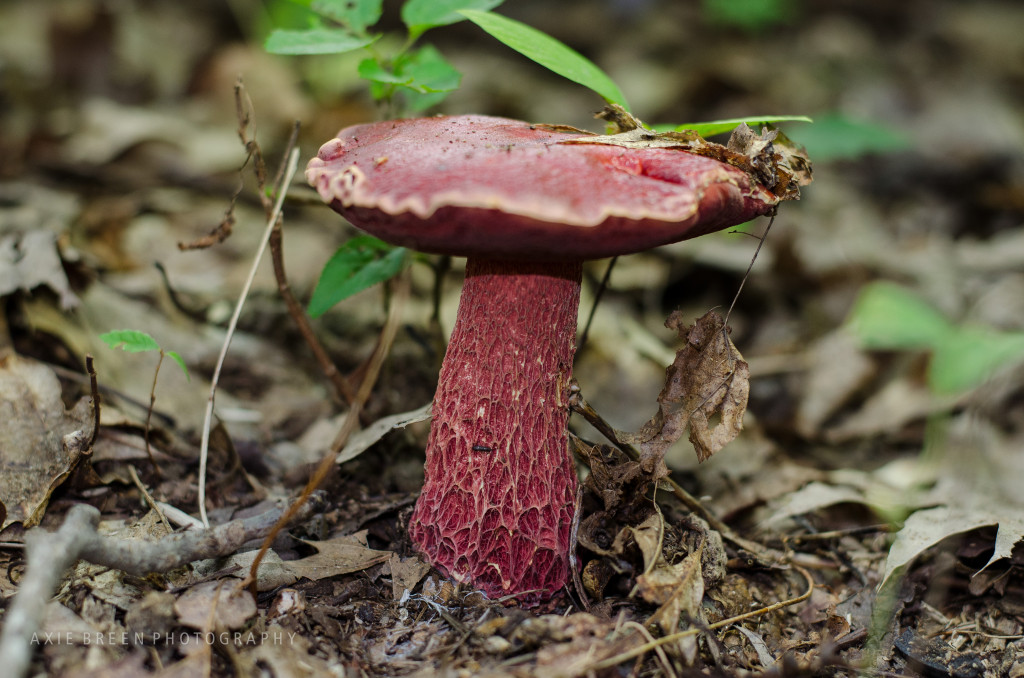
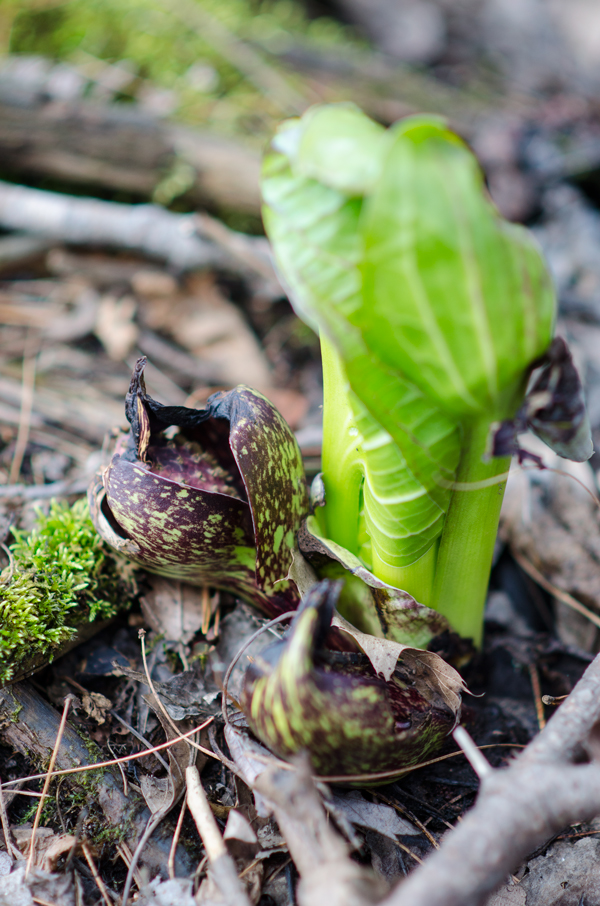
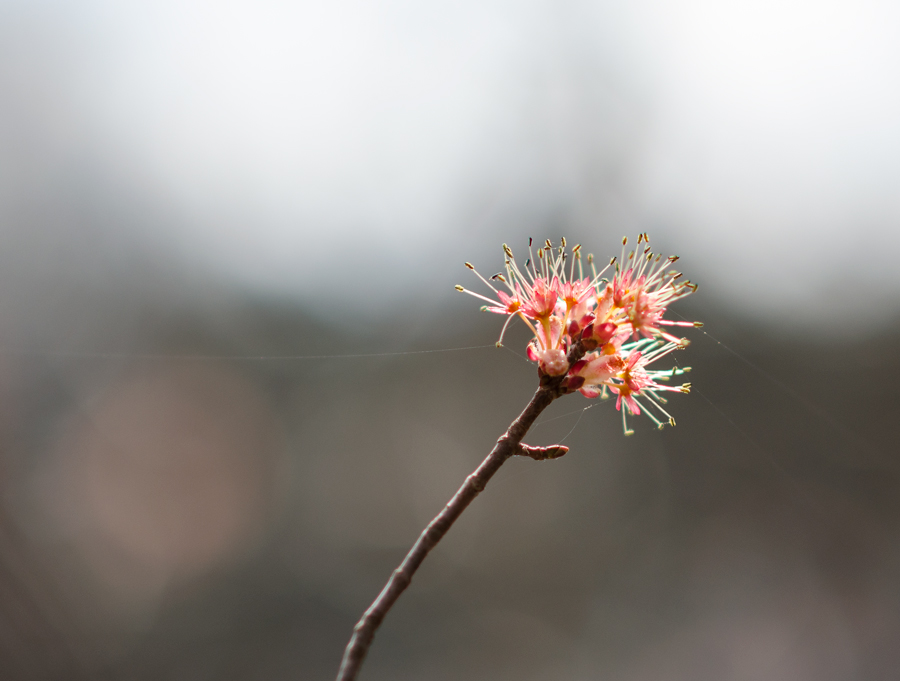
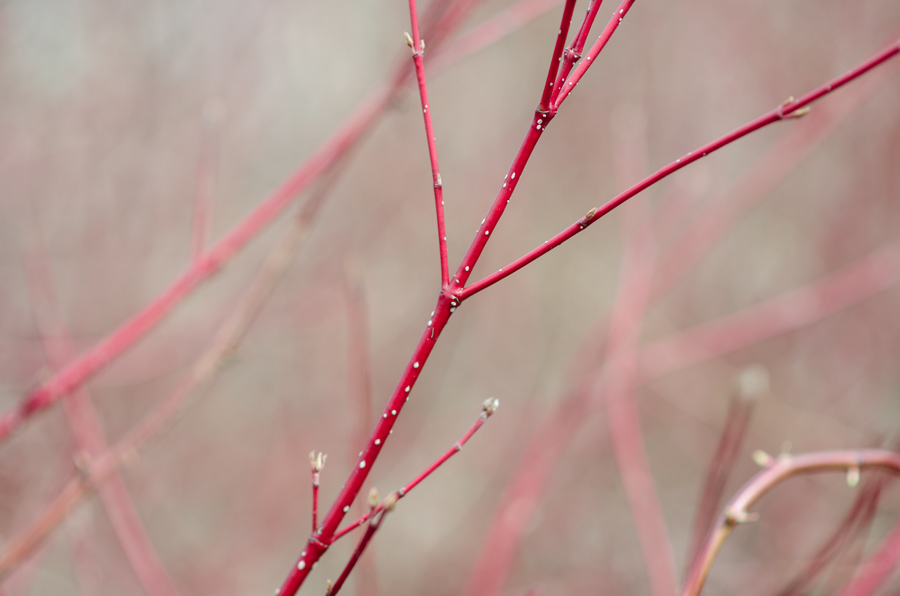
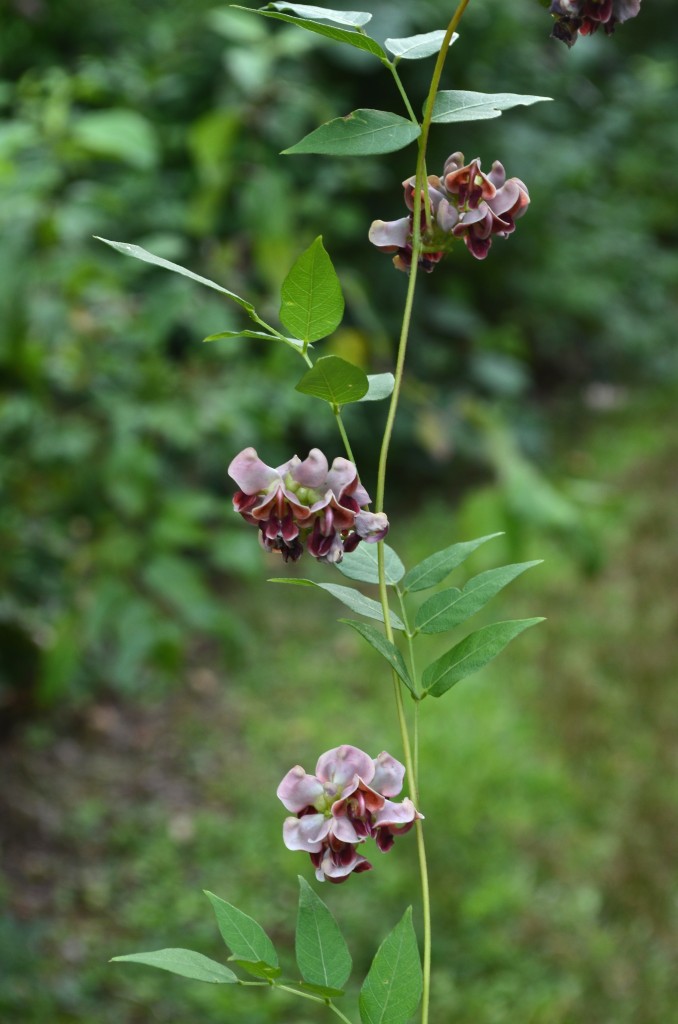
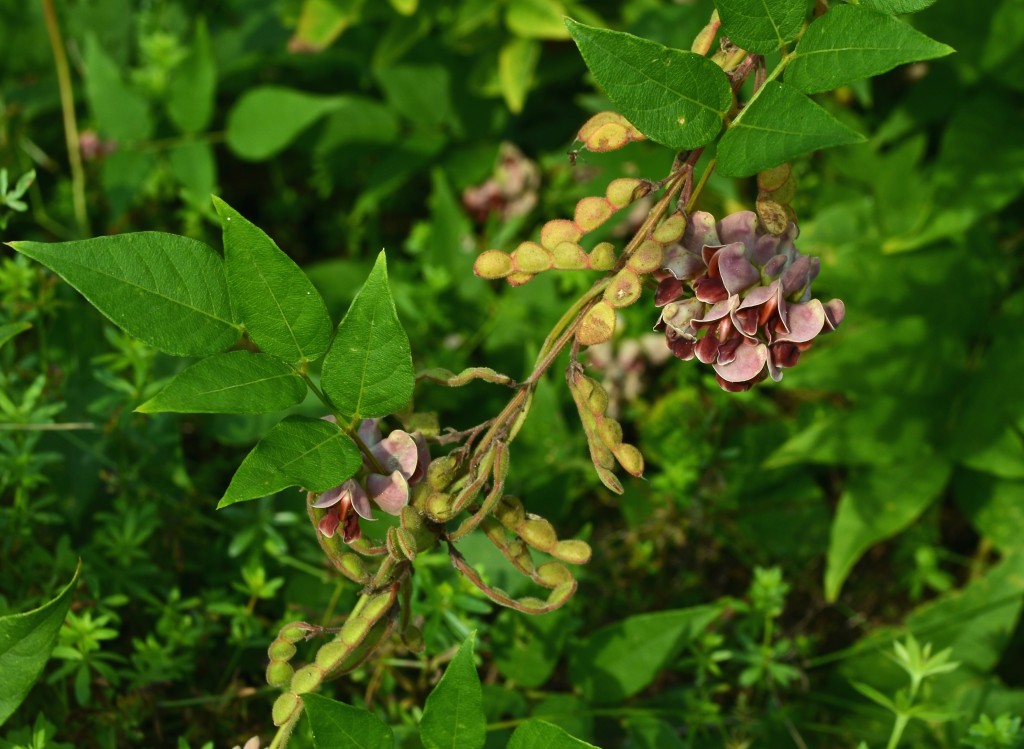
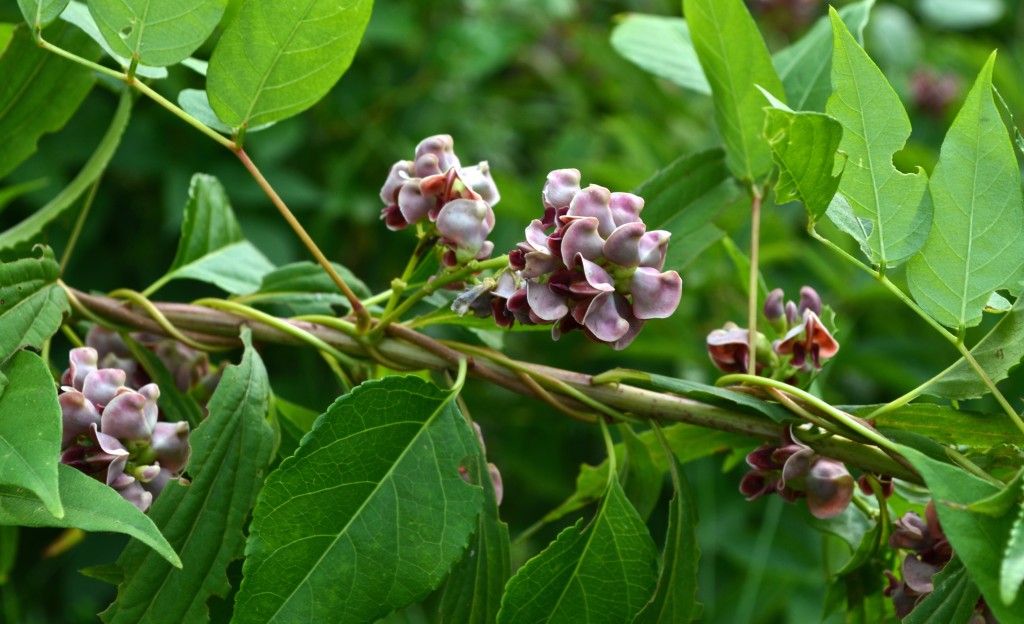
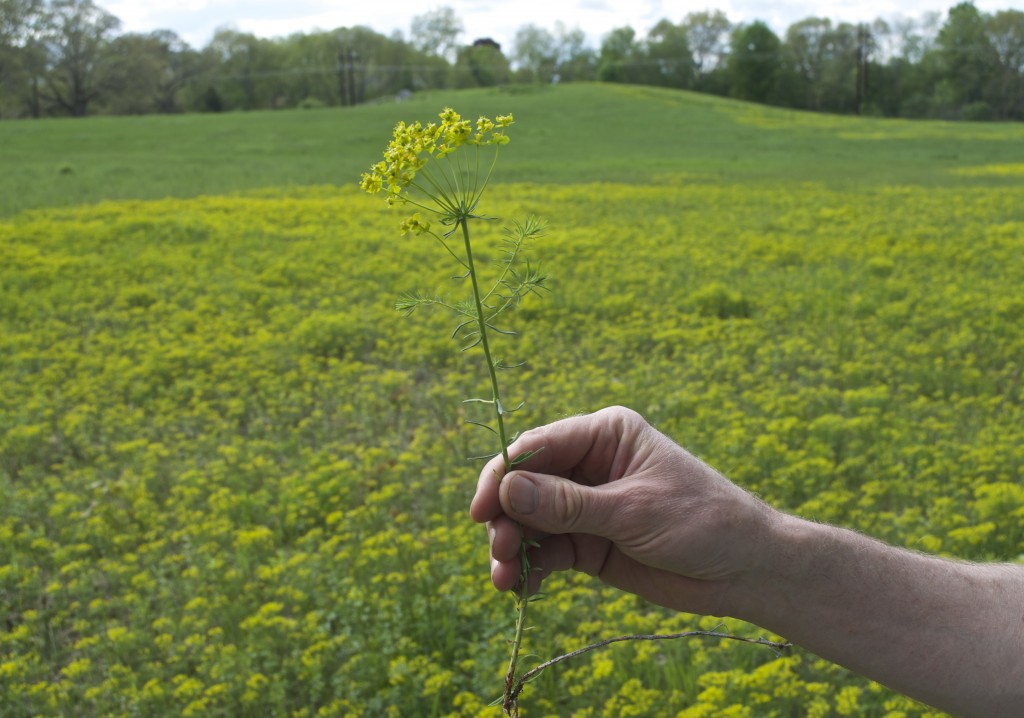
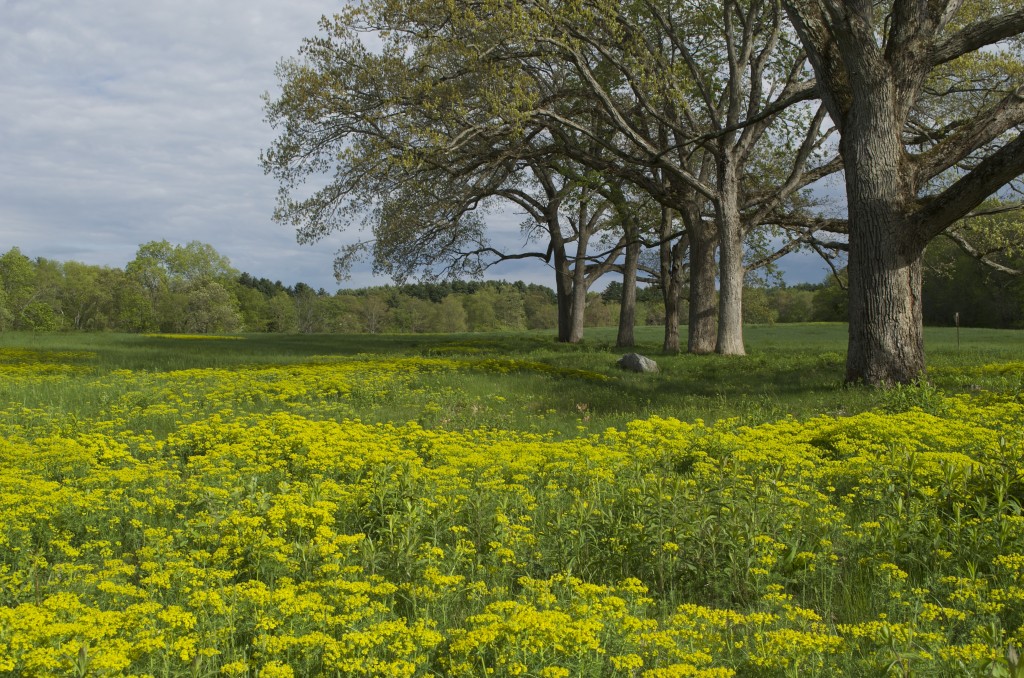
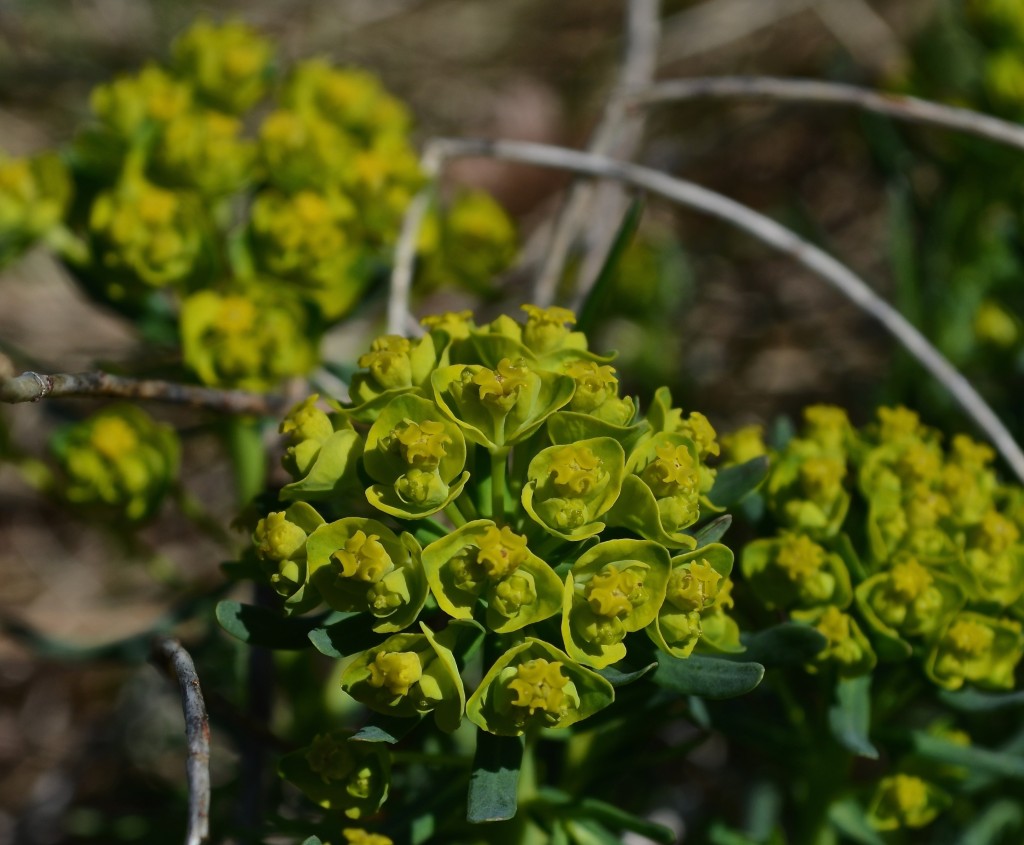 A hardy groundcover — tolerates poor soil, dry conditions, deer, rabbits, pollution… Has a milky, poisonous sap that repels herbivores. Forms a dense fluffy blanket about a foot tall. Tiny flowers that start lime-green and yellow, and age to red. Has narrow-leaved foliage reminiscent of cypress trees, hence the name cypress spurge. (The common name “spurge” comes from the Middle English/Old French word “epurge”, meaning “to purge”, because these plants were used as purgatives. (Poinsettias are spurges!) Native to Europe, introduced to North America in the 1860s as an ornamental, and is now a harmful invasive that has really colonized Charles River Peninsula.
A hardy groundcover — tolerates poor soil, dry conditions, deer, rabbits, pollution… Has a milky, poisonous sap that repels herbivores. Forms a dense fluffy blanket about a foot tall. Tiny flowers that start lime-green and yellow, and age to red. Has narrow-leaved foliage reminiscent of cypress trees, hence the name cypress spurge. (The common name “spurge” comes from the Middle English/Old French word “epurge”, meaning “to purge”, because these plants were used as purgatives. (Poinsettias are spurges!) Native to Europe, introduced to North America in the 1860s as an ornamental, and is now a harmful invasive that has really colonized Charles River Peninsula.